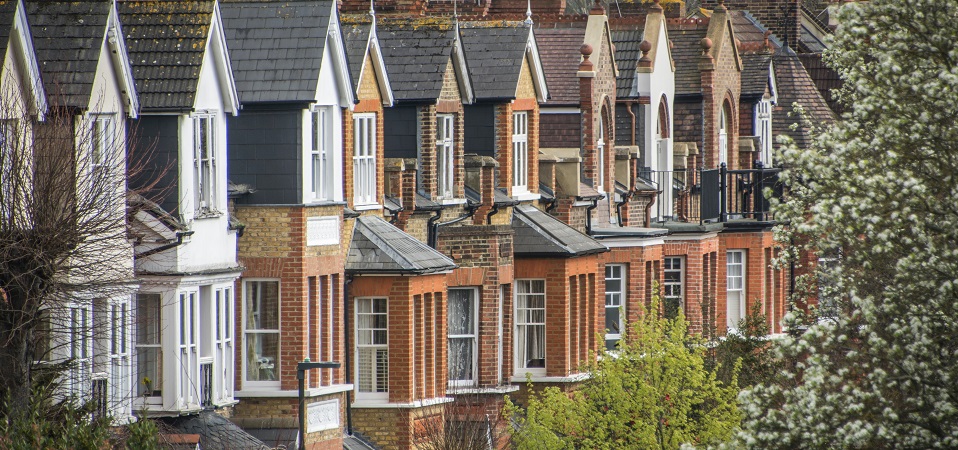A flying freehold exists when part of a freehold property extends, overhangs or protrudes over property, land or airspace owned by somebody else.
Here, Jennifer Prysiaznyj, Director of WHN’s residential property team, explains a flying freehold in more detail and what to do should you discover your property has one.
This type of freehold is described as ‘flying’ as the upper property owner does not own the land, building or airspace underneath, which belongs to the subjacent owner.
Examples of a flying freehold include:
- A maisonette or house where part of the property extends over or under another property.
- A room or balcony extending over an adjoining property.
- A room situated above a shared passageway.
It is not always apparent as to whether a flying freehold exists, therefore, it is important to look out for any sections of your property that appear to extend beyond its boundaries. If in any doubt, a solicitor or surveyor should be instructed to ascertain whether a flying freehold exists.
Issues caused by flying freeholds
Flying freeholds can present several issues. Essentially, the flying freeholder is subject to a risk that the subjacent owner may fail to repair its property underneath which, as a result, may cause damage to the structure on which the flying freehold physically rests.
Preferably, obligations will exist in the title deeds on the subjacent owner to physically support and repair the flying freehold. There should also be appropriate rights for the flying freeholder to enter upon the subjacent land to carry out maintenance and repair work to the flying freehold.
It is also desirable to have a mechanism in the title deeds for the subjacent owner to contribute towards the costs of the repair works, should the flying freeholder need to access subjacent land to carry out repair work if it is not carried out by the subjacent owner.
Crucially, as positive obligations do not bind future owners of freehold land, provisions should exist in the legal titles to both the subjacent land and the property with the flying freehold.
This should outline that any future owners of the respective properties must enter into a deed of covenant and indemnity (essentially a contract with each other) to observe and perform the obligations imposed.
What if the appropriate rights and obligations do not exist?
Unfortunately, if you have a flying freehold you may find yourself in a situation where the above rights and obligations are not included in the title deeds. In this case, ideally, both the subjacent owner and the flying freeholder should enter a mutually enforceable Deed of Mutual Grant and Covenant to vary the title deeds.
This will ensure that the appropriate rights and covenants are included and noted on the legal titles to the respective properties.
If such an arrangement is unable to be made between the parties, there is a chance that indemnity insurance can be obtained to cover the associated risks. This would not remedy the legal issues, but merely act as a sticking plaster should losses be suffered as a result.
How flying freeholds may affect mortgages and borrowing
If you are purchasing a property where a flying freehold exists, your solicitor must report this to your lender if you are purchasing through a mortgage. Different lenders have different requirements when it comes to flying freeholds.
While some may be prepared to lend provided that an appropriate indemnity insurance policy is in place, others may look to reconsider their valuation of the property and whether they are willing to lend in the circumstances.
Based at WHN’s Blackburn office, Jennifer specialises in residential conveyancing, including remortgages and transfers of equity. If you believe that your property may contain a flying freehold, and wish to seek further advice, please contact Jennifer on 01254 272643 or by email jennifer.prysiaznyj@whnsolicitors.co.uk or visit our Residential Conveyancing page to find out more about how we can help.













